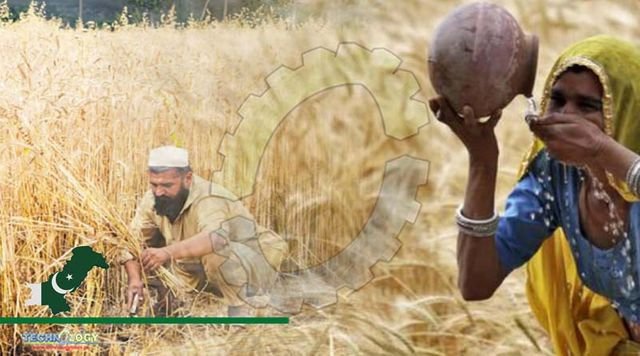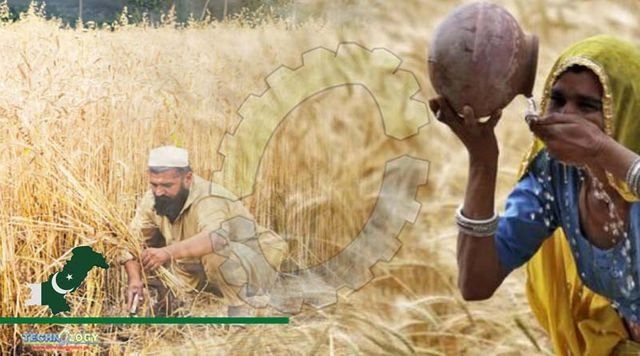The country’s persistent water crisis has taken a turn for the worse, as the cumulative river supplies dipped to 97,000 cubic feet per second cusecs, taking the national shortage to a whopping 51 per cent against the 29pc calculated previously.

To put Saturday’s cumulative supplies in context, the figure was 121,000 cusecs on the same day (April 30) last year, whereas the five-year average for the day stands at 157,800 cusecs.
Even those 97,000 cusecs on Saturday represented an improvement of 11,000 cusecs over Friday when supplies were recorded at 86,000 cusecs.
Kabul River is the worst affected, with supplies down to just 16,700 cusecs against the 10-year average of 41,200 cusecs for the day. Besides, supplies from Chenab River stood at 12,300 cusecs against its historical average of 26,300 cusecs and from Jhelum River dipped to 31,500 cusecs against the average of 52,300 cusecs.
Passing on the shortages, the Indus River System Authority (Irsa) supplied only 51,400 cusecs to Punjab against its demand of 105,500 cusecs and 32,600 cusecs to Sindh against its demand of 67,100 cusecs — meaning both federating units absorbing 51pc shortage.
“The Saturday shortage would translate into irrigation supplies in the next five to seven days in Punjab and 10 to 12 days in Sindh, playing havoc with cotton sowing, sugarcane and the entire range of the Kharif crops,” said an official of the Punjab irrigation department.
According to the Irsa data, the country on Saturday had 100,000 acre-feet in Mangla Lake against its capacity of 7.3 million acre-feet. As far as Tarbela Lake is concerned, it hit a dead level on Feb 22 and has not recovered in the last 67 days, leaving the country completely dependent upon run-of-river supplies that have now gone down by 51pc.
According to Irsa’s calculations, which already entailed 29pc shortages, the country should have received 8.6m acre-feet of water during April. What it actually got is 5.4m acre-feet — a loss of another 38pc.
“This is a downright disaster,” Syed Tahir Shah, a farmer, said, adding that both Mangla and Tarbela dams hitting dead levels in February would affect late Rabi and early Kharif seasons (February to April), meaning the entire range of crops would suffer during the quarter.
“It also means no water for final watering of wheat and cotton sowing,” he said. “In practical terms, it means pressure on food security (wheat) and major cash (cotton) crop and hence the country’s 70pc foreign exchange. Building new reservoirs is the only solution left for Pakistan to avoid slow financial death and an impending hunger crisis.”
Irsa spokesman Rana Khalid said weather patterns, particularly in the last few days, pointed to more trouble. Patterns of drought and wet weeks were becoming quicker and nastier, with drought spells getting prolonged and wet cycles shorter, he said.
What made matters worse was a squeezing flood season, which used to start with a rise in temperatures in late March and start yielding a healthy amount of water (as shown by five- or ten-year averages) by early April and gained momentum in June and the pattern would last till September, he said.
“The traditional and heavy flood season now starts mid-July and ends mid-August. Limited storage means permanent water trouble. And since the problem is permanent, so should the solution be,”
Source: This news is originally published by dawn
